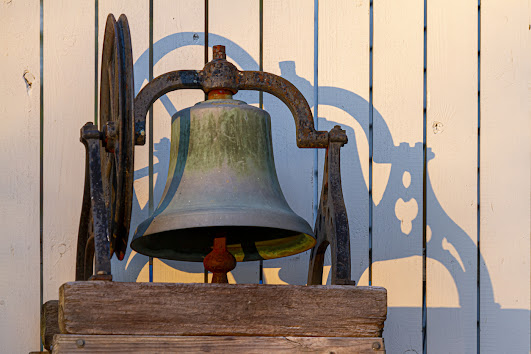Copper is a popular metal that is found quite regularly in everyday life. It can be found in the plumbing and wiring throughout the home, in household appliances and telephones, as well as in your computer.
Perhaps why most people turn to copper is that it can easily be combined with other metals, such as tin, zinc, and nickel. Together they produce a strong range of alloys with very useful properties -- making it one of the most versatile metals used by engineers.
While all of this is wonderful news about copper, what about copper corrosion? Let’s talk about it.
When Copper Corrosion Happens
Corrosion typically occurs when a metal begins to deteriorate as a reaction to its environment, such as air or water. After exposure to these factors, copper can quickly begin to oxidize. This puts a protective layer of tarnish (aka blue-green color patina) over the surface of the metal - and it acts as a protective barrier against further corrosion.
Copper corrosion happens incredibly slowly in any normal environment. The longer it is exposed to certain environmental factors, such as water and oxygen, the greater the chance of corrosion to occur. However, when exposed to things such as saltwater, excessive heat, acidic compounds, ammonia, sulfur, etc. the rate of corrosion happens much faster.
Preventing Copper Corrosion
Whether you have copper home furnishings, pots and pans, or pipes throughout your home, you want to keep them free from corrosion. Showing them some attention early can help prevent bigger problems later.
To prevent copper corrosion, you essentially want to seal the object so that the metal does not come in contact with the air, water, or any other environmental factor we discussed. For copper pipes and plumbing, sometimes a thick layer of vaseline may do the trick, but you may want to contact a professional. For all other things made of copper, here is an easy two-step process that will help reduce the chance your copper will ever see corrosion.
Clean the Copper
To clean the copper, you are going to use a mild soap and a soft cloth. Using a soapy water mixture, remove all the grime and dirt that have built up on the object and let it dry.
Next, you are going to create a paste made of vinegar, salt, and baking soda. Using a dry cloth, polish the copper using the paste. You will want to be gentle and patient as this process could take awhile depending on how bad the oxidation is.
Rinse when finished and allow to dry.
Add a Sealant
A copper sealant can be used to coat the copper and prevent any further corrosion. Place a coat over the copper and allow it to dry.
Remember, oxidation is the first sign that corrosion is one day to come. To keep your copper from oxidizing, be sure to repeat this process every couple of years - or sooner for those items subjected to harsh elements.





